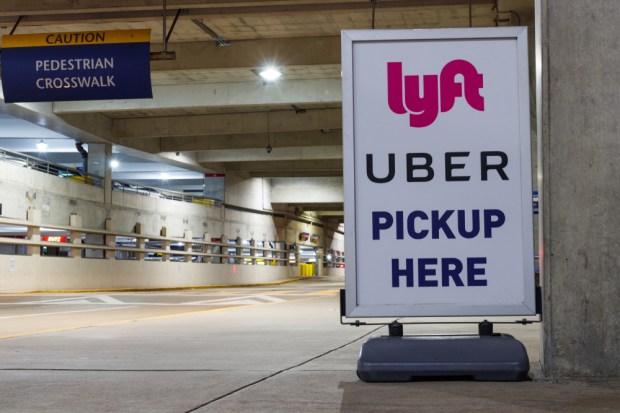Uber Platform Cross-Selling Drives Up Q2 Expectations

Uber is set to report its second-quarter 2023 earnings on Tuesday (Aug. 1). Investors are eager to see how the rideshare and delivery aggregator giant is faring in an environment of increased efficiency and digital transformation among key competitors, namely DoorDash.
After a difficult 2022, there’s a consensus forming among analysts around a strong second quarter for the ridesharing and delivery aggregator. As one of the most valued companies in the Connected Economy™, Uber is leveraging the power of its multi-service platform to drive sales.
For example, the company continues harnessing customer data from the Rides vertical to identify opportunities to market its Eats offerings to increasingly sophisticated consumers. Additionally, Uber is employing its flagship platform-wide membership program, Uber One, to boost the effectiveness of these cross-selling capabilities.
Uber CEO Dara Khosrowshahi believes that the multi-service approach is giving Uber a strategic advantage that no one else can match: “Our membership program, we think, over a period of time, is just mathematically going to drive higher frequency across the business,” he said on the company’s Q1 earnings call. “The incrementality generally is higher for delivery than mobility.”
Although Uber lags behind DoorDash when it comes to U.S. food delivery sales, the company is optimistic that its efforts will bear fruit soon. DoorDash is adding new categories to its platform to bolster its sales further, keeping Uber in second place, but that could change.
Uber is also eyeing the potential of AI-enabled self-driving vehicles. In May, the company unveiled a groundbreaking multi-year strategic partnership with Waymo, a leader in autonomous driving technology. To bring that vision to life, Uber has been investing heavily in artificial intelligence (AI), data centers, and the overall improvement of its platform technology.
Uber’s solid Q1 performance and a softening of recession fear find many Wall Street analysts seeing green for Q2. As Seeking Alpha reported, “Total gross bookings of 33.5B are anticipated, and a gross margin rate of 40.2% is estimated. Monthly active platform consumers are estimated to be at $137M at the end of the quarter. Confidence in Uber … has increased in the last 90 days, with 27 out of the last 28 [earnings per share] revisions being to the upward side.”
The current boom in Uber’s stock prices is a testament to the company’s efficiency surge, but long-term sustainability remains unclear, according to Investing.com. The widespread implementation of AI and the efficient deployment of self-driving vehicles are important to the company’s future success.
However, in Q1 Uber’s freight business was down 23% year on year, handing in $1.4 billion in sales for the quarter. On the topic of freight, Chief Financial Officer Nelson Chai said on a conference call that “from a macro perspective, we are at a macro low in terms of the cycle.”
During a recent PYMNTS panel discussion, Uber Freight’s Head of Strategy and Planning Jerry Tolochko said real-time payments present a “phenomenal opportunity for platforms that are able to manage risk to deliver more value to their users, to their customers, since speed matters.” He also said moving toward real-time payments can create a more competitive product and improve efficiency. With FedNow now operational, that view will soon be tested.

